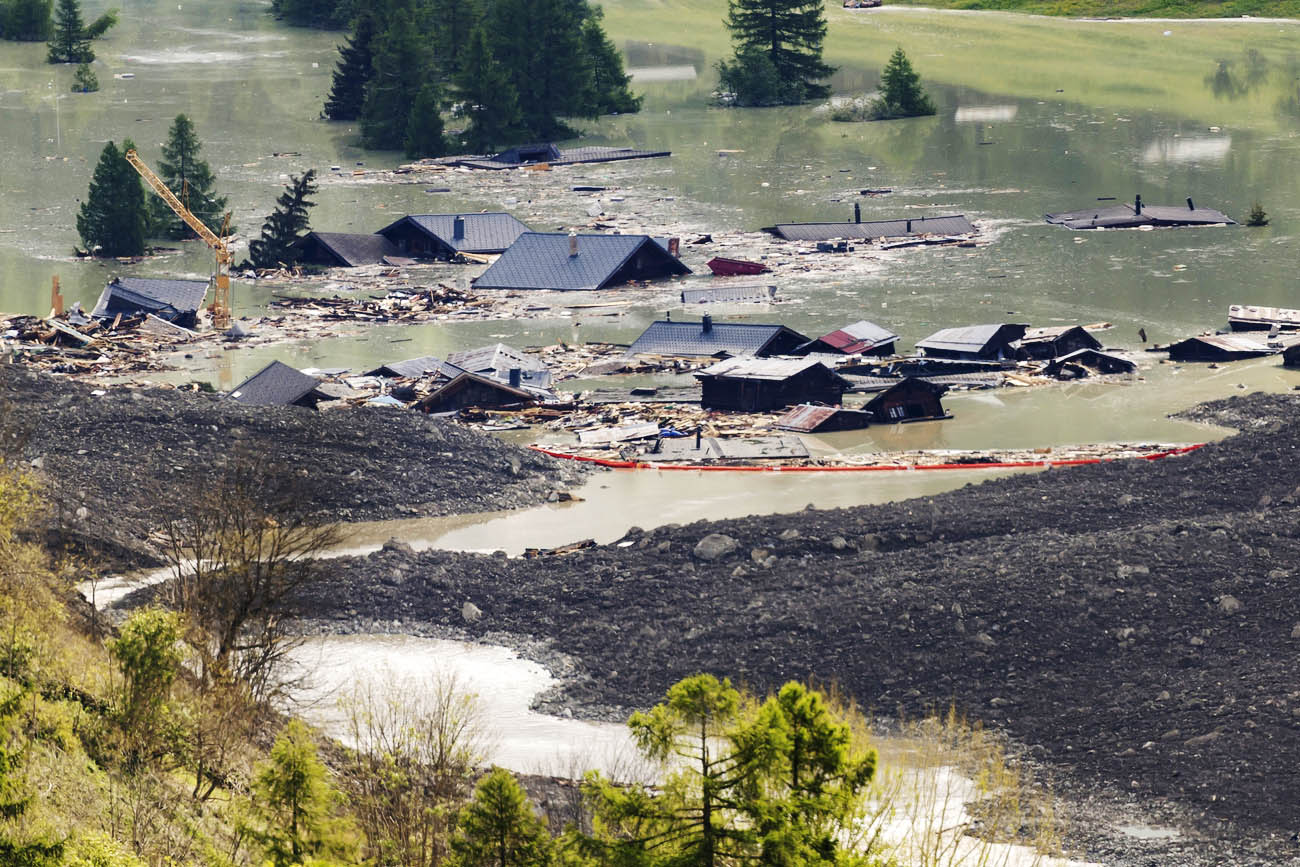
Satellite images detect signs of Blatten landslide in 2016

Warning signs of the landslide which wiped out the village of Blatten in Valais were visible from space years before the disaster, according to European Space Agency (ESA) satellite imagery.
According to the images, the slope on the Petit Nesthorn mountain above Blatten was already moving in 2016. These movements then increased steadily over the years before becoming much stronger leading up to the disaster in May, the ESA said on Friday.
“Our analysis confirms that the movements of the Petit Nesthorn developed over several years before the collapse,” said Andrea Manconi of the WSL Institute for Snow and Avalanche Research (SLF), who was involved in the ESA’s “Modulate” project, which analysed images taken by two satellites between 2016 and 2024.
“Results such as these help us to see more clearly how satellite data can be used for early detection,” Manconi was quoted in the press release as saying.

More
Blatten: what price for preserving Swiss mountain life?
Getting faster
Between 2016 and 2017, the images already showed that the slope on the flanks of the Petit Nesthorn was moving slowly; in the years that followed, these movements became stronger and faster.
Until 2023, the slope was moving at a rate of some 50 cm per year, and in the latest images analysed in the summer of 2024, it was moving at a rate of 150 cm per year.
According to the ESA, this marks a clear transition from relatively slow deformation to rapid deformation and shows that the probability of an imminent catastrophe was much higher.

More
The devastating glacier collapse in Blatten: what next?
Early warning thanks to satellites
The images analysed come from so-called L-band satellites, which emit longer radar waves than other, more widespread satellites such as ESA’s Sentinel 1. This means they can better penetrate vegetation and complex terrain.
Some L-band satellites are already in use, but so far on a smaller scale than other radar satellites. According to the ESA, these discoveries show the importance of such satellites for a fast detection of dangerous movements.
Authorities in Blatten were able to evacuate people in time thanks to local observations. But installing local sensors on every Alpine slope is not logistically or financially feasible, notes the ESA.
Translated from French by DeepL/dos
We select the most relevant news for an international audience and use automatic translation tools to translate them into English. A journalist then reviews the translation for clarity and accuracy before publication.
Providing you with automatically translated news gives us the time to write more in-depth articles. The news stories we select have been written and carefully fact-checked by an external editorial team from news agencies such as Bloomberg or Keystone.
If you have any questions about how we work, write to us at english@swissinfo.ch.

In compliance with the JTI standards
More: SWI swissinfo.ch certified by the Journalism Trust Initiative































You can find an overview of ongoing debates with our journalists here . Please join us!
If you want to start a conversation about a topic raised in this article or want to report factual errors, email us at english@swissinfo.ch.